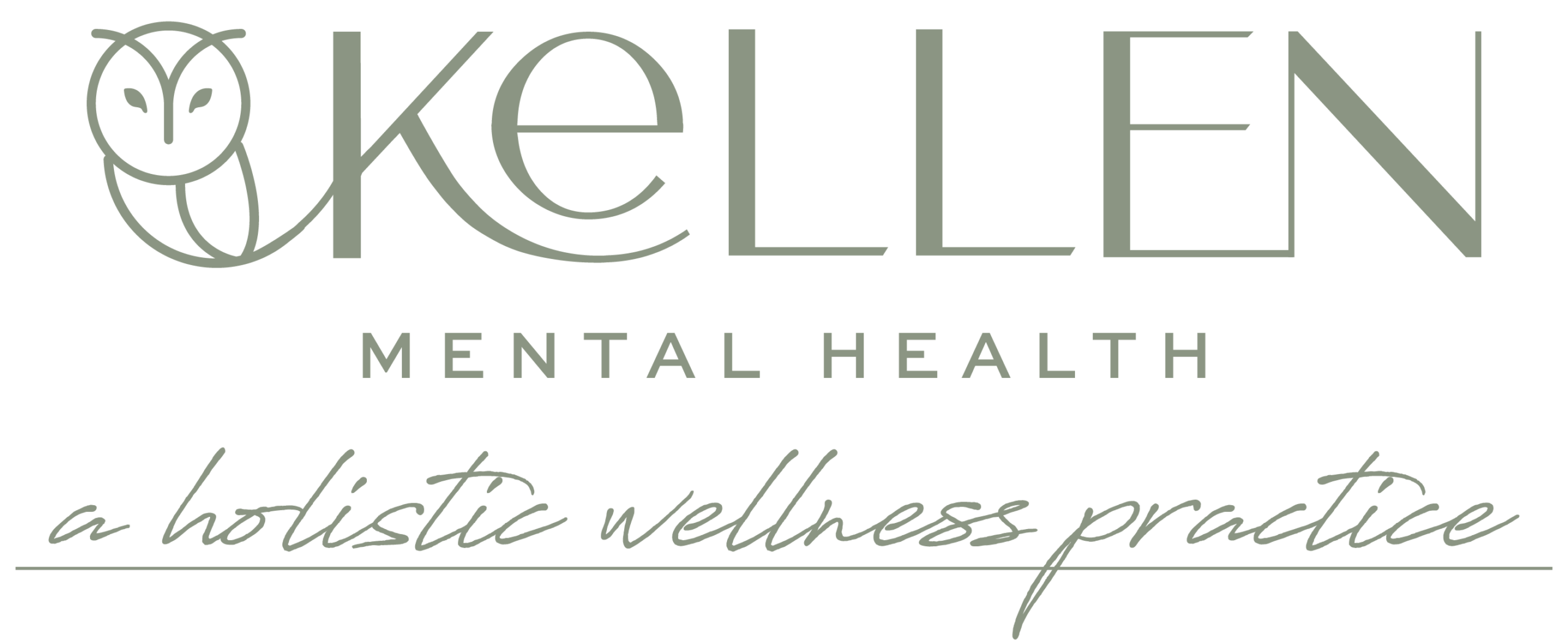High stress situations can often leave us feeling trapped and alone. Our brain and body may respond with negative thoughts and anxiety as a way to urge us to get out of the situation and seek connection with a place or a person who feels safe.
Unfortunately, we can’t always just immediately get up and leave a given situation so, it is important to know how to create a safe space for the challenging thoughts and feelings that arise so that we are able to manage the moment in a calm and purposeful way that is inline with our values. Having a good mindfulness practice is a great way to prepare us for how we want to respond, rather than react, to these stressful situations.
The biggest challenge in mindfulness is staying present and not getting lost in difficult memories of the past, worries about the future, or the running commentary that your mind creates about whatever you’re experiencing. Having a mindfulness anchor to go to can help us calm our bodies and our minds enough to bring our anxiety and stress back under control.
Below are a few anchors that you can play around with to see what works well for you. Just know that there are many, many other types and variations available for you to learn!
Breath
The most commonly used anchor is the breath. It is free, it is portable, you are always breathing, and the sensation of your breath is easy to access. To use the breath as your anchor, breathe naturally, just become aware of the experience of breathing and allow your attention to go to the place that the sensation of breathing is the strongest. Some people find this to be in their nostrils, as coolness on the in-breath and warmth on the out-breath. Others focus on the rise and fall of their belly or their chest. And some focus on the way their rib cage expands and contracts. There is no right place or wrong place, only what feels right to you.
- At the nose: Simply sense the air coming in and out of your nose as you breathe in and out. Is it cool? Warm?
- In the chest: Just feel your chest rise and fall with each breath. Focus on each in- breath and each out-breath and how it feels in your lungs and chest.
- In the belly: This is where most people learn to focus on their breath.
- Slow down: If you dig into mindfulness research and techniques, you’ll find a lot about the rhythm and duration of the breath. There are certain patterns like 5-3-7 breathing where you inhale for 5 seconds, hold for 3 seconds, and exhale for 7 seconds. This can be really great for sleeping and calming yourself in situations where you are angry or anxious.
- There are many different evidence-based breathing techniques available that can be practiced and tailored for different situations.
Body
Some people find that they feel more grounded by using their body as their anchor, particularly at the points of contact between their body and the floor or the points of contact between their body and their mat, chair, bench or cushion. Others find that the sensation of their heart beating works best.
- Body Scan: This is a good way to shift your focus and attention from the outside world to the various areas of your body. Some people scan from their head to their toes and others go the opposite direction. You can imagine a relaxing massage as you scan your body or even a white light bringing healing to each area you focus on during your scan.
- Body Awareness: Instead of doing a methodical scan, some people prefer to focus on areas of their body that feel tense or are just in need of additional attention and comfort.
- Nature can also provide anchors that connect your body with external elements, such as the warmth of the sun shining on your face, or the cool breeze touching your skin, or your bare feet touching the ground.
Sounds
The sounds in your environment can also be used as anchors. When indoors, you can use sounds such as music, a clock ticking, a fan, or the hum of a radiator. If you are practicing mindfulness outdoors, nature is filled with opportunities for finding sounds that can be used as anchors, such as the wind blowing in the trees or birds singing. When stress arises, your mind can go back to those intentional moments of mindfulness and recreate the comfort of the sound in your imagination. Just think of a favorite song. Can you “hear” the singer’s voice, the guitar, the drum, the melody? Amazing right?
Visualization
Think about your favorite outdoor experience, image, or setting and hold that in your mind as your anchor. An example could be laying in the grass in an open field watching big puffy white clouds roll by. Or, watching the waves on a beach. Maybe you might be mesmerized by ants marching, or something else that is repetitive like the flicker of a candle. Let your mind return to this place of comfort when you need to create some calm space for your thoughts and feelings to settle.
Mantra
A mantra can be a really good way to focus your attention if you have difficulty with the above anchors. Here are some examples of how you can use a mantra:
- Repeating a sound, word or phrase in your mind that may hold a special meaning for you. Often this is a soothing word, sound, or affirmation.
- Counting up or down from 1-10, often in rhythm with the breath.
- In and out: This combines the breath with a mantra. For example, repeating the words “Calm” on the in-breath and “Peace” on the out-breath. Or, simply “In” and “Out”.
Objects
Choosing an anchor object that we either bring into an environment with us, or that we identify in the environment we are already in, can help create a sense of safety and ground us in the present moment. For example, if we know we’re going into a meeting that’s going to be challenging for us, we can bring in a small worry stone to hold, a favorite sweater, or notebook that contains a list of some of our values or our intentions for being in this space. We can also choose something in our visual field to focus on, like a plant in the room, or maybe a tree just outside the window, to remind us that we are not in any real danger and that being in this moment and in this space is transient and impermanent. When we are in a less formal environment, we could use a favorite chair, a beloved pet, a flickering candle, a favorite drink (tea, coffee, smoothie), or any object that brings us comfort.
The bottom line is that it doesn’t really matter what type of anchor you choose, as long as it serves as a gentle reminder to return to the present moment. We all wander off in thought when we practice mindfulness. The magic happens at the point when you notice and can bring yourself back. Remember, your mind is always listening and learning. The more you practice, the faster the mind notices and brings you back.


